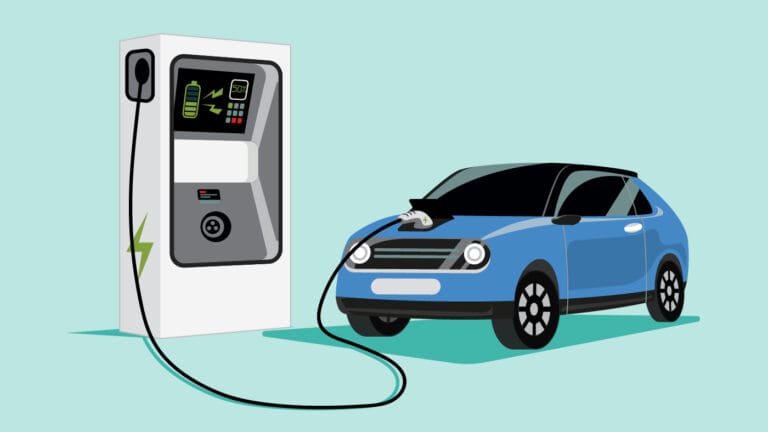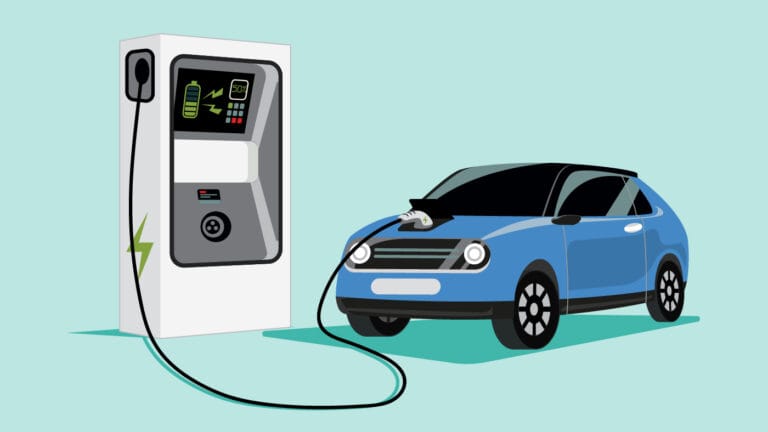How the EV Market Expanded to Reach a Greater Audience.
In recent years, the electric vehicle (EV) market has experienced unprecedented growth, fueled by technological advancements, environmental consciousness, and shifting consumer preferences.


In recent years, the electric vehicle (EV) market has experienced unprecedented growth, fueled by technological advancements, environmental consciousness, and shifting consumer preferences.
What was once considered a niche market is now rapidly expanding, reaching a broader audience across the globe.
Let's explore how the EV market has evolved and expanded its reach to attract a diverse range of consumers.
1. Diverse Vehicle Options
One of the key factors driving the expansion of the EV market is the increasing variety of electric vehicle options available to consumers.
Automakers, both traditional and new, are introducing an array of electric models across different vehicle segments, from compact cars to SUVs and even electric trucks.
This diversification of offerings ensures that there is an electric vehicle to suit the needs and preferences of a broader audience, including families, commuters, and outdoor enthusiasts.
2. Declining Costs and Incentives
The declining costs of electric vehicles, driven by advancements in battery technology and economies of scale in production, have made them more accessible to consumers.
Additionally, government incentives and subsidies aimed at promoting electric vehicle adoption have further reduced the upfront cost barrier for buyers.
These incentives include tax credits, rebates, and exemptions from congestion charges and vehicle registration fees, making electric vehicles an attractive and affordable option for a growing number of consumers.
3. Expanded Charging Infrastructure
The expansion of charging infrastructure is another crucial factor in broadening the appeal of electric vehicles.
As the number of public charging stations continues to grow, drivers have greater confidence in the availability of charging facilities, alleviating concerns about range anxiety.
Furthermore, advancements in charging technology, such as fast-charging stations and home charging solutions, offer convenience and flexibility to EV owners, making electric vehicles a practical choice for everyday use.
4. Environmental Awareness
Increasing environmental awareness and concerns about climate change have also played a significant role in driving the expansion of the EV market.
As consumers become more conscious of their carbon footprint, many are opting for electric vehicles as a sustainable transportation alternative.
Electric vehicles produce zero tailpipe emissions, helping to reduce air pollution and mitigate the environmental impact of transportation.
This alignment with eco-conscious values has resonated with a growing segment of environmentally aware consumers, further expanding the appeal of electric vehicles.
5. Technological Innovation
Technological innovation continues to drive advancements in the electric vehicle sector, enhancing performance, range, and functionality.
Improvements in battery technology have led to extended driving ranges and faster charging times, addressing key concerns among potential EV buyers.
Additionally, features such as regenerative braking, autonomous driving capabilities, and connected vehicle services contribute to the overall appeal and desirability of electric vehicles, attracting tech-savvy consumers seeking cutting-edge transportation solutions.
Looking Ahead
As the electric vehicle market continues to evolve and mature, the momentum toward electrification shows no signs of slowing down.
With ongoing advancements in technology, expanding charging infrastructure, and increasing consumer acceptance, electric vehicles are poised to become the driving force of the future automotive industry.
By reaching a greater audience and appealing to diverse consumer preferences, the electrification revolution is transforming the way we think about transportation and paving the way toward a more sustainable and electrifying future.




